Montuno
...como el Son...
(2 and End)- Tartessos: a civilization that abruptly disappeared:
Historical stages of Tartessian art
As already mentioned in the previous point, it is believed, with the data we have so far, that Tartessos has three different stages; indigenous tartessos of the geometric period, the Phoenician or orientalizing tartessos and the Carthaginian tartessos , final stage, with an art that evolves and intermingles, during the three stages:1. Geometric period of indigenous tartessos:
The first Tartessian art is very modest , it corresponds more to the cultural, historical or anthropological sphere than to the purely artistic. It is the best testimony of the most important stage of tartessos , that of his training, in which he shows his most personal creations. Until not long ago, it was discussed whether this stage corresponds to tartessos. Today it is a resolved issue ( Tartessos unveiled, by Fernández Flores and Araceli Rodríguez). The pottery of the first Tartessian period shows its best facet in two ceramic families: one with characteristic burnished motifs, called burnished grid ; and another, with painted decoration, of the Carambolo type. In these two families of ceramics, geometric motifs predominate in the decoration.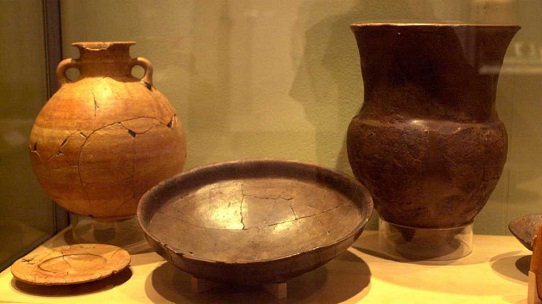
Thus the stage of tartessos (indigenous) was formed, which for artistic production is called; geometric period . The Phoenician colonization gives rise to a new stage in the history of Tartessos, the orientalizing phase .
2. Phoenician or orientalizing Tartessos.
The Phoenician colonization affected the Tartessian civilization, changing its artistic production. The Phoenician legacy makes its effects felt already in advanced moments of the 8th century BC. C., and is a dominant phenomenon in the VII and VI centuries a. C. _ Their influence on Greek products is unknown, although they are abundant in Tartessian centers such as Huelva, which show direct contact with Greeks. Tartessian art is impregnated with the orientalizing influence raised fundamentally by the presence of the Phoenicians, and loses the sobriety of the geometric period and the stamp of its original personality. It is also notorious, the fame of magnificent craftsmen that the Phoenicians had in ancient times. The resultof the union of Tartessian and Phoenician art is an eclectic and characteristic style.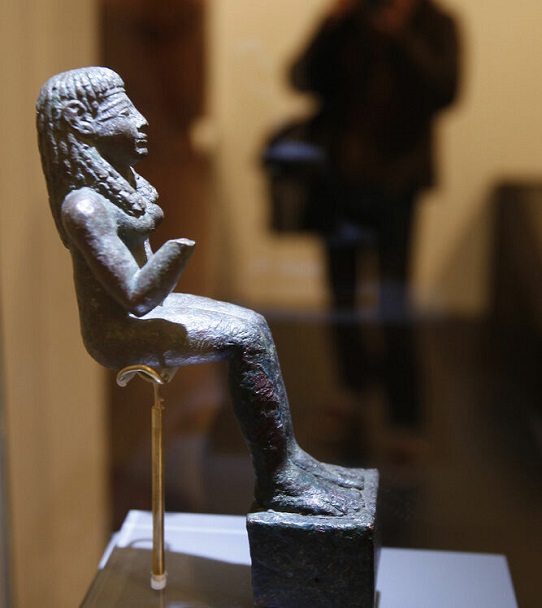
Votive offering dedicated to Astarte located by chance in the Carambolo. The base of the footstool presents a Phoenician inscription where the devotees thank the goddess for having listened to her pleas.
3. Final stage of Tartessos, Carthaginian colonization:
The successors of the Phoenicians were the Carthaginians , who came from Carthage, a large industrial center located in present-day Tunisia. The Carthaginians founded a number of colonies in the western Mediterranean, including Cartago Nova (present-day Cartagena) and Ebyssos (Ibiza). In the year 550 BC the Carthaginians installed their garrisons on the Spanish coast to help the Phoenicians against Tartessos. However, once the bases were installed, they subdued the Iberians. They reached Cádiz and, finally, expelled the Phoenicians, thus sinking the orientalizing Tartessian culture . The action of the Carthaginians in the Iberian Peninsula had a military character, as well as a purely commercial one.In the sixth century a. C., Tartessos finally disappears from history , possibly swept away by Carthage and the other Phoenician colonies (Gadir, the Phoenician metropolis, was in the midst of the kingdom of the Tartessos). Others say that it was refounded , under unclear conditions, under the name of Carpia . The Romans called the wide Bay of Cadiz 'Tartessius Sinus', but the kingdom was no more. It is also considered that the depletion of the mineral veins, the main source of their commercial wealth, would have collapsed the Tartessian economy and created social convulsions by losing their wealth and power, based on foreign trade. Once the wealth disappeared, the political and social unity of the Tartessian nuclei would have been lost. Other theories claimthat its disappearance could be due to invasions by the Celts and there is even talk that there could have been an earthquake.
More recently it has been suggested that this civilization could have been wiped off the map by the succession of natural disasters in the area.
Carambole's treasure
Treasure of the carambola found by chance in 1958 , it was initially stated that the pieces could be part of the decoration of some individual invested with royal character. The latest hypotheses suggest that they would be liturgical elements carried by the victims of the sacrifices (probably oxen) and by the priest in charge of them.
There are other Tartessian treasures outside the territory of the peninsular south-east, such as: the earthy one of Alísenla in Cáceres or that of Belvis de Jara in Toledo.
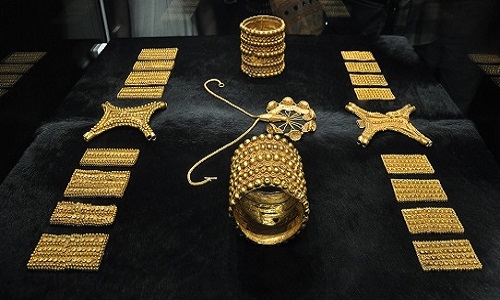
▷ Tartessos: una civilización que desapareció de forma abrupta - dearte.site
En todo el tiempo de la naturaleza humana, en su búsqueda de la felicidad y el deseo de poseerla, gozarla y retenerla, el hombre ha querido imaginar un
 www.dearte.site
www.dearte.site
More Tartessic' art:

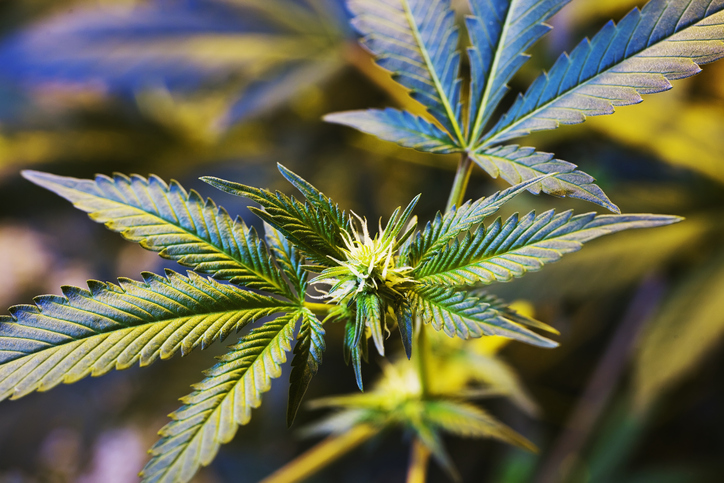
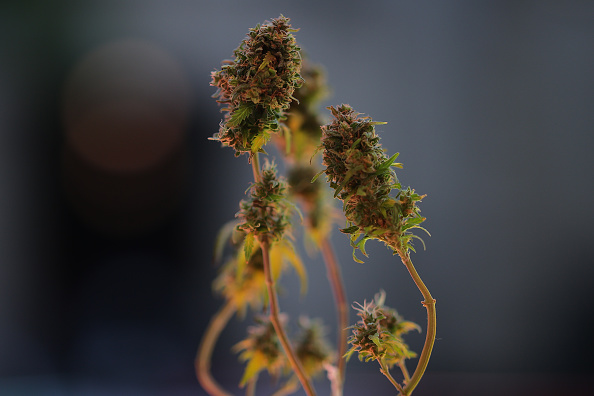


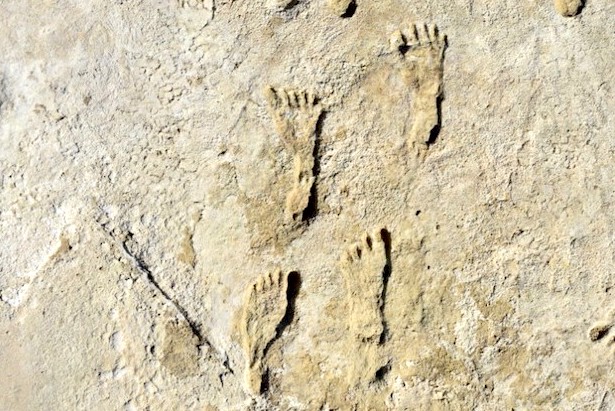


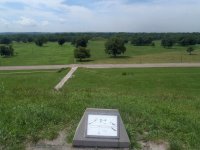




:format(jpg)/f.elconfidencial.com%2Foriginal%2F7dc%2Fa42%2F1bb%2F7dca421bbbf15cca585b2845db598a6a.jpg)
:format(jpg)/f.elconfidencial.com%2Foriginal%2Ffbf%2F2b5%2Fe22%2Ffbf2b5e22a129092e5db45fbf7f0e535.jpg)
:format(jpg):watermark(f.elconfidencial.com/file/bae/eea/fde/baeeeafde1b3229287b0c008f7602058.png,0,274,1)/f.elconfidencial.com/original/7dc/a42/1bb/7dca421bbbf15cca585b2845db598a6a.jpg)


